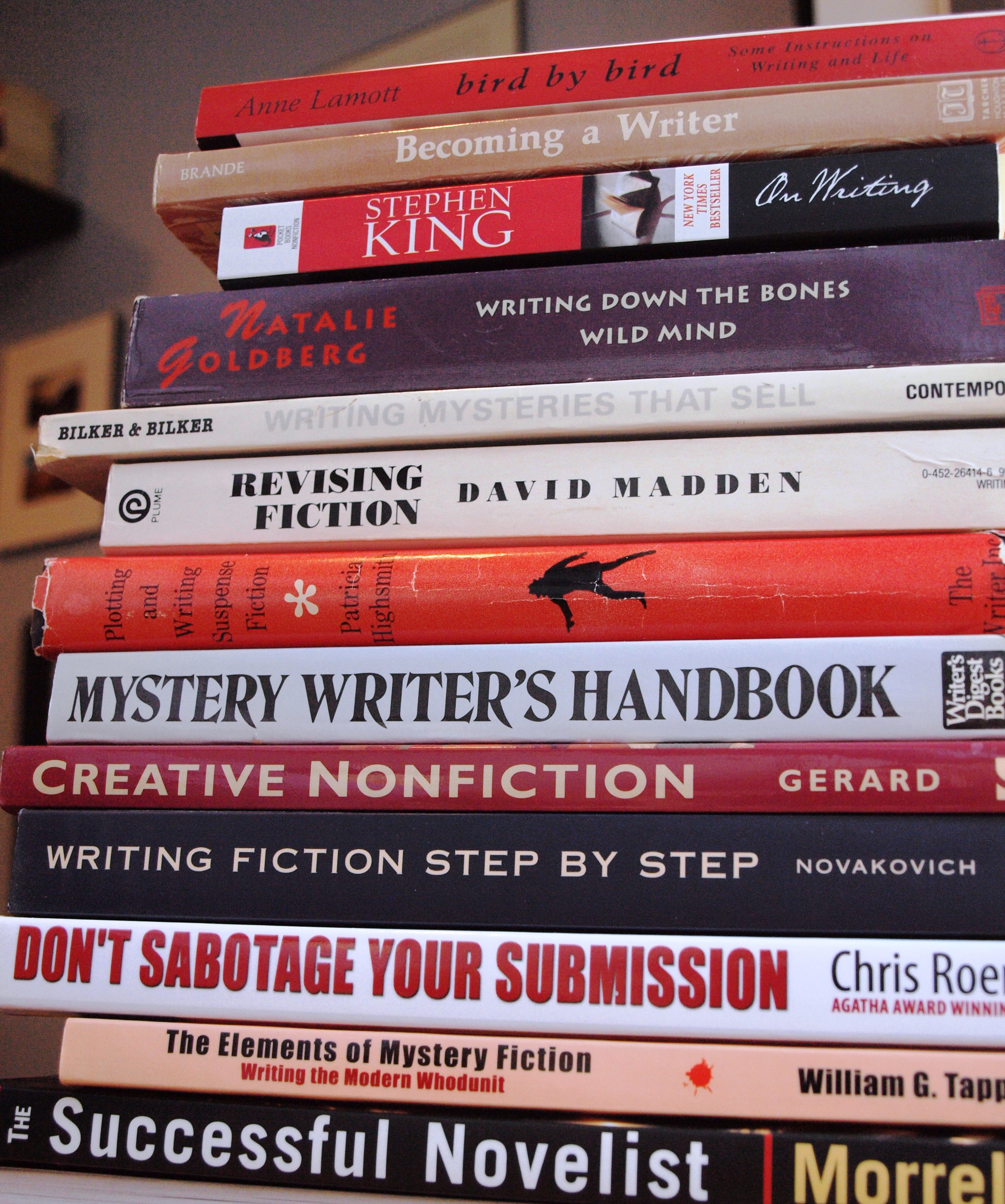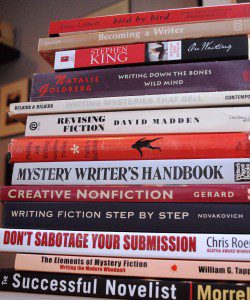
17 Sep TALL TALES: NOTES FROM A WRITERS’ CONFERENCE
Editor’s note: Telluride Inside… and Out’s monthly column, Tall Tales, is so named because contributor Mark Stevens is one long drink of water. He is also long on talent. Mark is the author of “Antler Dust” and “Buried by the Roan,” both on the shelves of Telluride’s own Between the Covers Bookstore, 224 West Colorado Ave, Box 2129. He is also president of Rocky Mountain Fiction Writers, whose Colorado Gold conference took place recently (September 7 – September 9). If you are a writer or an aspiring writer, Mark’s notes from the event are the next best thing to a ringside seat.
 We are a hungry and insatiable lot.
We are a hungry and insatiable lot.
Writers.
We are willing to stand at the bottom of Niagara Falls and open our mouths in hopes that the right drop finds its way into our system and, magically, gives us the spot-on insight, adds poetry to our prose, jolts our plot into overdrive, gives substance and gravitas to our protagonists and villains.
We want every tip and, if possible, we’d like them all now, please.
We want your secret and your insight and we’d like a detailed diagram of the key you used to unlock the storytelling process.
I was in Grand Junction recently helping put on a writers’ conference and one of the presenters, who had written some 75 romance novels, mentioned a book called “Save the Cat” by Blake Snyder.
Boom! I’m all over it. Turns out it’s a book for screenplay writers, but I don’t care. (And it’s very good, in fact—lots of great tips that useful for novelists, too.)
I even went to see “The Words” (with Bradley Cooper, Dennis Quaid, Jeremy Irons) and sat through the turgid and terrible movie about fiction writing and plagiarism, in hopes of picking up a tip or two. (Left with an empty feeling in more ways that one.)
I listed to Scriptnotes Podcast (www.johnaugust.com) and always take away a thought or two about plot and structure.
At the annual Colorado Gold conference put on by Rocky Mountain Fiction Writers last weekend, there were 400 or more of us writers all buzzing around for three full days, attending 60+ workshops and listening to terrific keynote speeches. I didn’t see an uninterested face in the bunch.
I have attended many writer conferences and, quite frankly, can’t get enough.
Bored of talk about character arc? Not me.
Need another workshop on query letters? Bring it on.
Want to hear the discouraging inside buzz on the publishing industry? Of course, every downbeat morsel.
 Books about writing and conferences about writing are kind of like the health magazines that all say the same thing—eat better, eat less, exercise more—but find new headlines and new shades of gray to promote each month.
Books about writing and conferences about writing are kind of like the health magazines that all say the same thing—eat better, eat less, exercise more—but find new headlines and new shades of gray to promote each month.
So, below, I’ve compiled a few of my favorite tips from last weekend’s conference.
You’ve heard them all before.
You’ll hear them all again.
But right now—right about now—maybe one of these will be what you need.
• When you write, use compelling cadence.
• Trust your “cadence ear.”
• Read your stuff aloud.
• Listen to how it flows.
• When you write, use power words.
• Power words carry power.
• A good book is essentially the right information in the right dosage dispensed at the right time.
• It’s a good idea to know what your story is about.
• It’s okay to start with a vomit draft.
• Rewriting is forever.
• We’ve been refining writing and storytelling for a very long time.
• Always start your story on the first day the story starts.
• Avoid your personal patterns.
• Find something fresh to say.
• Say it in a fresh way.
• Never give your character what they want.
• In the end, give your characters what they need.
• Dangerous times make for interesting reading. Set your story during a dangerous time.
• Accept that failure is part of this business.
• Don’t get stuck on one story or one novel. Move on.
• Drop in back story like a trail of breadcrumbs.
• You should know your story from the villain’s point of view.
• You should know your story from your victim’s point of view.
• Then you can start writing the story from your protagonist’s point of view.
• This business will humble you at every turn.
• At. Every. Single. Turn.
By the way, my favorite writing book of all time is “Techniques of the Selling Writer” by Dwight V. Swain. The “Plain Facts About Feelings” chapter is a beauty.
But you can’t beat Anne Lamott’s “Bird by Bird,” either, if you want to get inspired to write.
If there’s another good book out there about writing, of course, please let me know.


Sorry, the comment form is closed at this time.